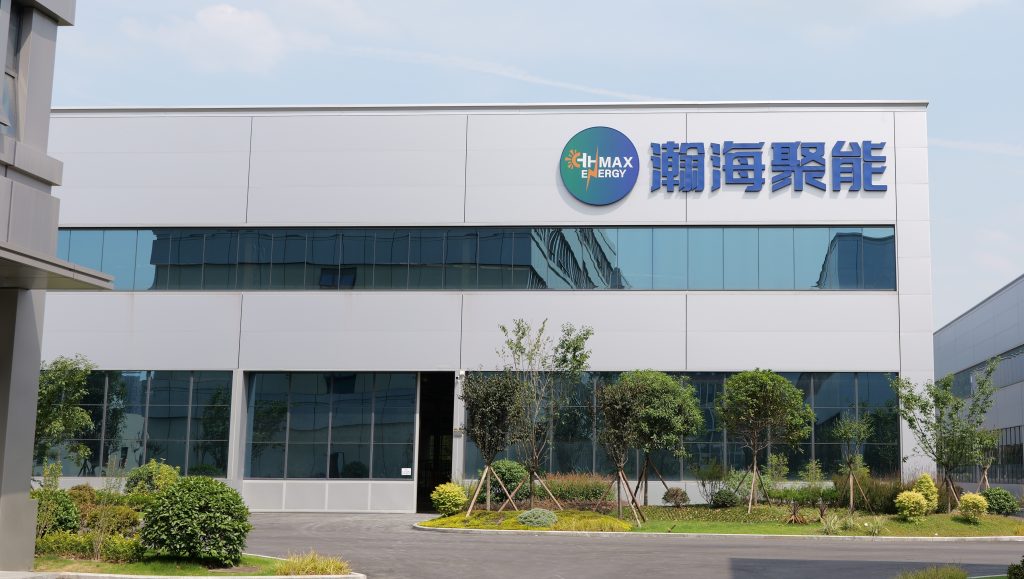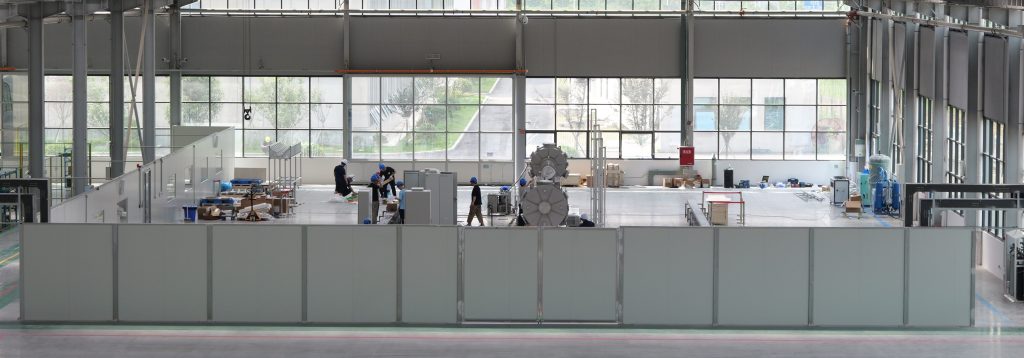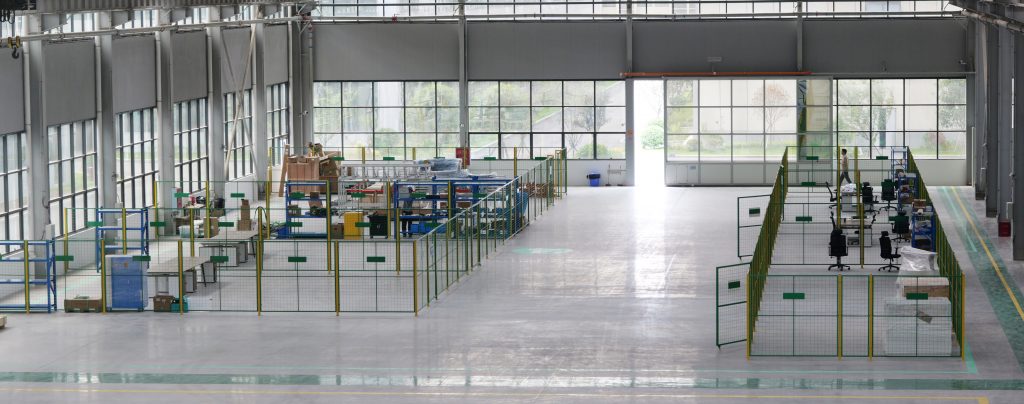In mid-June, the renovation of HHMAX (Chengdu) Technology Co., Ltd.’s fusion device facility was fully completed, meeting all the necessary conditions for the installation and construction of the HHMAX-901 device. Currently, the installation and debugging of various systems have commenced, and critical experiments such as vacuum sealing tests in the formation region will soon be conducted to ensure the early completion and operation of the company’s linear field-reversed configuration (FRC) plasma experimental device.

The development of a fusion device is a complex, multidisciplinary engineering project, and unlike conventional scientific experimental setups, it imposes stringent requirements on the facility. Since the HHMAX-901 project was established in February at the Jinmaite Advanced Manufacturing Industrial Park in Chengdu, HHMAX promptly initiated facility renovations. These included the construction of the main device area, power supply and distribution systems, grounding networks, laboratories, as well as control rooms and data centers. Strict adherence to standards was maintained throughout the process, ensuring both speed and quality while prioritizing safety.

At present, the main device area has been fully constructed as an independent zone. The power supply and distribution system, built from scratch to meet the device’s requirements, is now capable of supporting future debugging and experimental operations.
The dual-grounding network system has also been completed. To address the device’s unique grounding needs, the R&D team designed a specialized dual-grounding system, ensuring independent grounding for all subsystems. This provides a solid foundation for future device integration, debugging, and experiments, guaranteeing the accuracy of diagnostic data.

All system-level laboratories have been constructed, where the R&D team will conduct experiments, measurements, verifications, and debugging for various subsystems.
The central control room has been fully built and furnished, with further functional enhancements planned to ensure comprehensive device control and experimentation capabilities.

The completion of the facility renovation marks the readiness of all foundational conditions for device installation and debugging. The HHMAX-901 device has already entered the installation and construction phase. Moving forward, HHMAX will focus on on-site installation and system debugging, accelerating the device’s completion and subsequent experimental operations. This will further advance research on linear FRC technology, bringing us closer to the commercial application of nuclear fusion.